Tools & Techniques: Taping Panels
To keep your edges clean and crisp, we recommend preparing your panel edges with tape. While it's not a requirement there are some notable benefits to taping your support prior to painting. Alternatively some artists choose to allow the history of their process to move or drip along the edge of their paintings, this can also be quite beautiful and telling of your technique! For the purposes of this newsletter, we will focus on the benefits and "how-to" of taping sections or all of the edges of your artwork.
Blue painters tape is commonly used and is a good option. Depending your surface you may find delicate surface tape, such as FrogTape® to be an even better choice as it is less likely to remove any wood when peeling it off your panel. To keep the sides and back of your painting completely clean, we recommend taping the edges and backs of the panel cradle. After your painting has dried (or cooled when using encaustic) the tape can be removed. When working with encaustic, you may need to lightly heat the edges before removing the tape so the wax won't chip. If you'd like the history of your painting process to be seen on the sides of your panel, it's still a good idea to tape the back of your panel cradle so paint or wax doesn't end up on your walls when hanging.
Another great use for taping your panel is for encaustic pours. You'll find a video demonstrating this process here.


